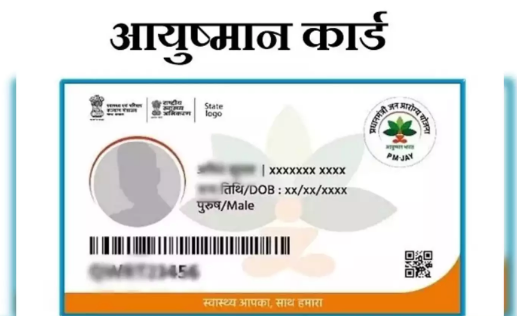In the ever-evolving landscape of mobile technology, the demand for innovative and flawless mobile applications is at an all-time high. As the number of mobile apps continues to surge, so does the complexity of ensuring their quality. Mobile app testing plays a crucial role in delivering a seamless user experience, but it comes with its own set of challenges. From the diverse array of devices and operating systems to the rapid pace of development, mobile app testers face a myriad of obstacles. In this article, we will delve into some of the prominent challenges encountered in the realm of mobile app testing.
- Device Fragmentation:
One of the primary challenges in mobile app testing is the vast and ever-expanding array of devices with varying screen sizes, resolutions, and hardware specifications. Android, in particular, is notorious for its device fragmentation, with numerous manufacturers producing devices running different versions of the operating system. Testing an app across this diverse landscape becomes a formidable task, requiring meticulous planning and the use of device farms or emulators to cover a wide range of scenarios.
- Operating System Diversity:
In addition to device fragmentation, the diversity of mobile operating systems poses another challenge for testers. iOS and Android are the dominant platforms, each with its own set of versions and updates. Ensuring compatibility across multiple OS versions and staying abreast of the latest updates is essential. Moreover, dealing with platform-specific features and restrictions adds complexity to the testing process. For instance, an app that performs seamlessly on Android may encounter issues when ported to iOS, and vice versa.
- Rapid Development Cycles:

The agile development methodology has become the norm in the mobile app development landscape, with frequent releases and updates. While this approach fosters innovation and responsiveness to user feedback, it also presents challenges for testers. Short development cycles may lead to limited testing time, making it difficult to conduct thorough test cases. Testers need to adapt to the fast-paced environment, adopting automated testing tools and strategies to keep up with the continuous integration and deployment pipelines.
- User Interface and User Experience:
The user interface (UI) and user experience (UX) are critical aspects of mobile apps. Ensuring a consistent and intuitive interface across various devices and screen sizes is a daunting task. Testers need to verify that the app functions seamlessly in both portrait and landscape modes, and they must consider accessibility features for users with disabilities. Additionally, the diversity of user interactions, such as gestures, touch, and voice commands, adds complexity to the testing process, requiring comprehensive test coverage to guarantee a positive user experience.
- Network Conditions and Performance:
Mobile apps often rely on network connectivity, and testing under diverse network conditions is imperative. Fluctuating network speeds, connectivity issues, and different network technologies (3G, 4G, 5G) can impact the app’s performance. Testers must simulate real-world scenarios to evaluate how the app performs under varying network conditions, ensuring that it remains responsive and functions correctly even in low-bandwidth environments.
- Security Concerns:
With the increasing number of mobile apps handling sensitive user data, security testing is paramount. Mobile apps are vulnerable to various security threats, including data breaches, unauthorized access, and malware. Testers must assess the app’s resistance to common security vulnerabilities, such as insecure data storage, inadequate encryption, and insecure network communication. Moreover, ensuring compliance with data protection regulations is essential to building trust among users.
- App Store Compliance:
Submitting an app to app stores involves adherence to stringent guidelines and standards set by Apple App Store and Google Play Store. Testers need to ensure that the app complies with these guidelines, covering aspects such as content, permissions, and usability. Failure to meet the store requirements can result in app rejection or removal, causing delays in the release schedule.
Conclusion:
Mobile app testing is a multifaceted process that requires adaptability, precision, and a thorough understanding of the challenges posed by the dynamic mobile ecosystem. From device fragmentation and operating system diversity to rapid development cycles and security concerns, testers must navigate through these obstacles to deliver high-quality mobile applications. By embracing automation, employing a diverse range of testing devices, and staying abreast of the latest industry trends, testers can overcome these challenges and contribute to the creation of mobile apps that not only meet user expectations but also stand out in an increasingly competitive market.






